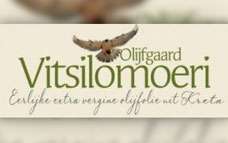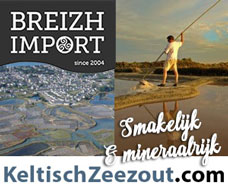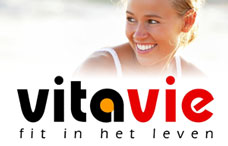http://articles.mercola.com/sites/articles/archive/2013/06/17/heart-healthy-cheese.aspx?e_cid=20130617_DNL_ProdTest2_art_1&utm_source=dnl&utm_medium=email&utm_content=art1&utm_campaign=20130617ProdTest2
Quote:
Cheese—A Nutritional Powerhouse that Can Help Protect Your Heart, Brain and Bones June 17, 2013 Don't Skip the Cheese - It's Healthier Than You Think
Cheese contains the powerful nutritional triad of calcium, vitamin D and vitamin K2, which together channel calcium into your bones and teeth while keeping it out of your arteries; this, combined with its omega-3 fats, make cheese a very heart-healthy food
The cheese you select should be made from high quality milk, ideally raw organic milk from grass-pastured animals that are never fed grain or soy; avoid processed “cheese foods” as they contain chemical additives
Recent concerns about the salt content of natural cheese are overblown when compared to the massive sodium levels in processed food, especially when you take into account how much processed food people typically consume
Excellent cheese picks due to their high K2 levels are Edam, Gouda, and brie, but cheddar, Colby, hard goat cheese, Swiss and Gruyere are good choices as well
Quote:
Cheese holds a wealth of good nutrition, including:
High-quality protein and amino acids
High-quality saturated fats and omega-3 fats
Vitamins and minerals, including calcium, zinc, phosphorous, vitamins A, D, B2 (riboflavin) and B12
Vitamin K2
CLA (conjugated linoleic acid), a powerful cancer-fighter and metabolism booster
Quote:
Grass-fed dairy products not only taste better, they are also nutritionally superior:
Cheese made from the milk of grass-fed cows has the ideal omega-6 to omega-3 fat ratio of 2:1. By contrast, the omega-6 to omega-3 ratio of grain-fed milk is heavily weighted on the side of omega-6 fats (25:1), which are already excessive in the standard American diet. Grass-fed dairy combats inflammation in your body, whereas grain-fed dairy contributes to it.
Grass-fed cheese contains about five times the CLA of grain-fed cheese.
Because raw cheese is not pasteurized, natural enzymes in the milk are preserved, increasing its nutritional punch.
Grass-fed cheese is considerably higher in calcium, magnesium, beta-carotene, and vitamins A, C, D and E.
Organic grass-fed cheese is free of antibiotics and growth hormones.
Quote:
When it Comes to K2, How Do Your Favorite Cheeses Stack Up?
In my interview with Dr. Rheamue-Bleue &feature=player_embedded , she identified the cheeses highest in K2 are Gouda and Brie, which contain about 75 mcg per ounce. Hard cheeses are about 30 percent higher in vitamin K2 than soft cheeses. In perusing the nutritional tables myself, I found it interesting that the cheeses highest in vitamin K2 also tend to be the highest in protein and calcium — so the most nutritious overall14. Just realize that the values listed for “vitamin K” in common nutritional tables are of limited value because they don’t specify what TYPE of vitamin K they’re measuring.
As it turns out, scientists have found high levels of MK-7 in one type of cheese: Edam.11 This is wonderful news for those of you who would much rather sit down to a slice of Edam than a bowl of natto! (Natto, a strongly fermented Japanese soybean product, has the highest MK-7 level of any food.)
Earlier I made my case for selecting raw cheeses from grass-pastured, grass-fed animals. However, cheese contains a bacterially derived form of K2, so it doesn’t matter if the cheese was made from grass-fed milk or not — the bacteria used to culture the cheese is the same. Grass-fed dairy is important for the other reasons I’ve already discussed — just not specifically for the K2.
To summarize then, if you’re going to select cheese with your primary goal being a good source of vitamin K2, the best ones are:
Gouda
Brie
Edam
Other cheeses with lesser, but significant, levels of K2: Cheddar, Colby, hard goat cheese, Swiss, and Gruyere.12






